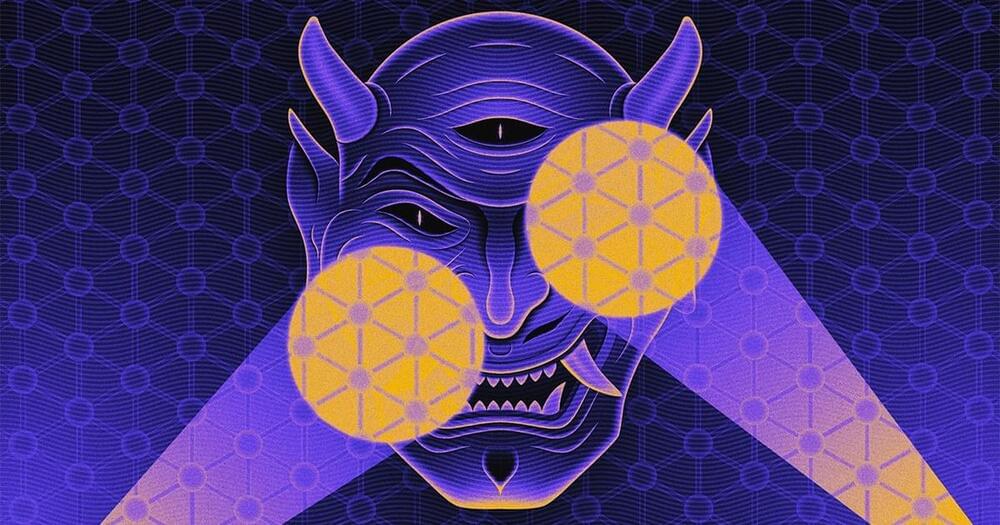Physicists have shown that simulating models of hypothetical time travel can solve experimental problems that appear impossible to solve using standard physics.
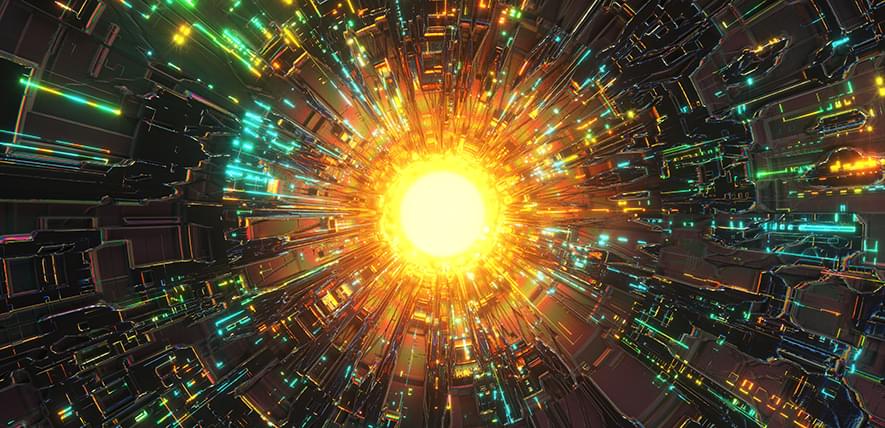


Some asteroids are dense. So dense in fact, that they may contain heavy elements outside of the periodic table, according to a new study on mass density.
The team of physicists from The University of Arizona say they were motivated by the possibility of Compact Ultradense Objects (CUDOs) with a mass density greater than Osmium, the densest naturally occurring, stable element, with its 76 protons.
“In particular, some observed asteroids surpass this mass density threshold. Especially noteworthy is the asteroid 33 Polyhymnia,” the team writes in their study, adding that “since the mass density of asteroid 33 Polyhymnia is far greater than the maximum mass density of familiar atomic matter, it can be classified as a CUDO with an unknown composition.”
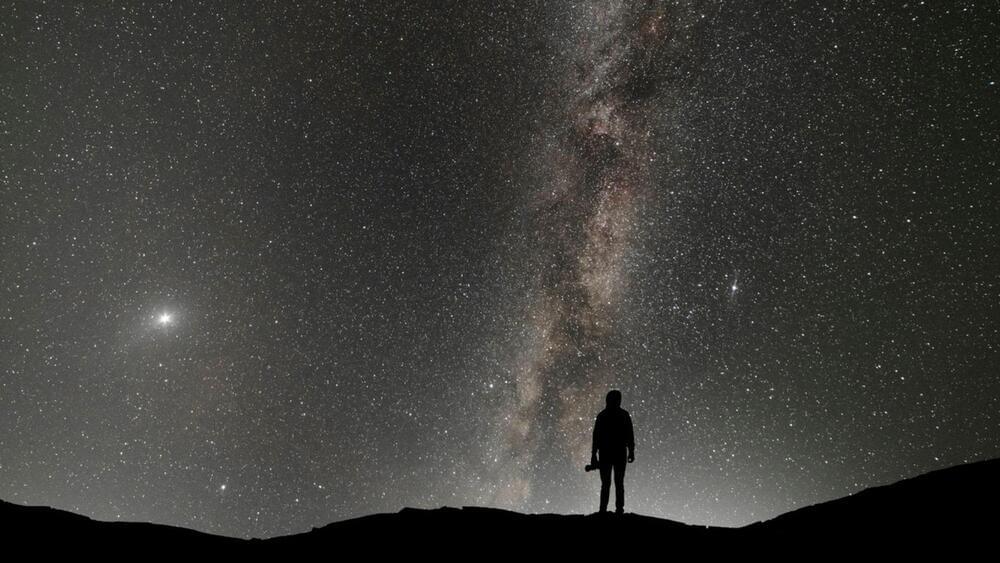

The concept that we are all computer-generated characters occupying a world as real as the ones gamers explore on their PlayStation consoles isn’t exactly a new one.
As far back as 1999, Morpheus was entering “The Matrix” to break Neo and a few other chosen few out of a simulated reality created by advanced machines in order to use humans as an energy source. But as the idea permeates not just the realm of science fiction and popular culture, but academia as well, every now and then a philosopher or physicist has something new to say about it.
That’s what happened this week when a physicist at the University of Portsmouth in the United Kingdom proposed that a new law of physics could support the theory that what we see as our reality is in fact a complex virtual simulation running on a cosmic computer. The theory stems from previous research that Dr. Melvin Vopson has conducted looking into whether information has mass.
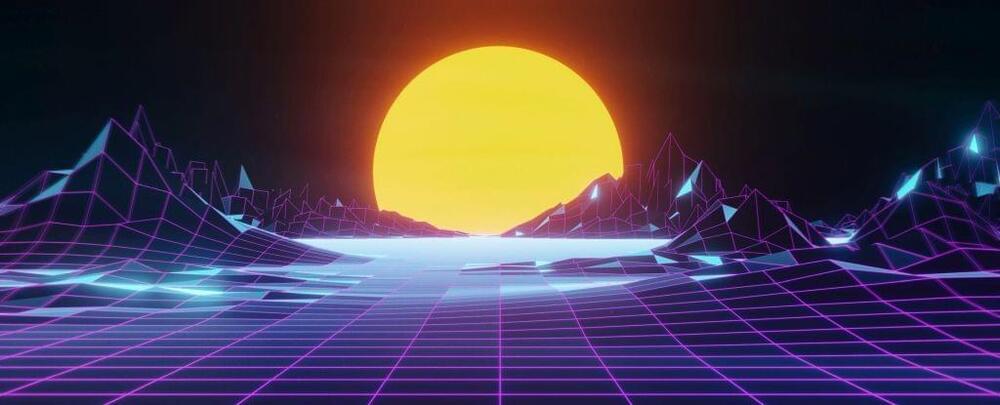
The scent of coffee. The clarity of sunlight dappling through the trees. The howl of the wind in the dark of night.
All this, according to a philosophical argument published in 2003, could be no more real than pixels on a screen. It’s called the simulation hypothesis, and it proposes that if humanity lives to see a day it can repeatedly simulate the Universe using come kind of computer, chances are we are living in one of those many simulations.
If so, everything we experience is a model of something else, removed from some kind of reality.
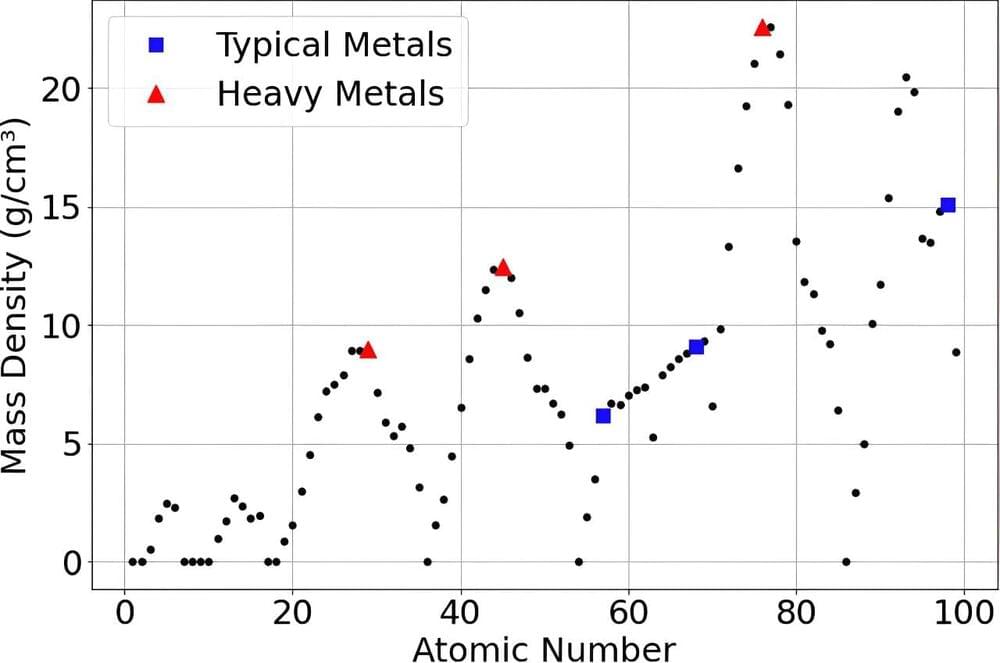
Some asteroids have measured densities higher than those of any elements known to exist on Earth. This suggests that they are at least partly composed of unknown types of “ultradense” matter that cannot be studied by conventional physics.
Jan Rafelski and his team at the Department of Physics, The University of Arizona, Tucson, U.S., suggest that this could consist of superheavy elements with atomic number (Z) higher than the limit of the current periodic table.
They modeled the properties of such elements using the Thomas-Fermi model of atomic structure, concentrating particularly on a proposed “island of nuclear stability” at and around Z=164 and extending their method further to include more exotic types of ultra-dense material. This work has now been published in The European Physical Journal Plus.
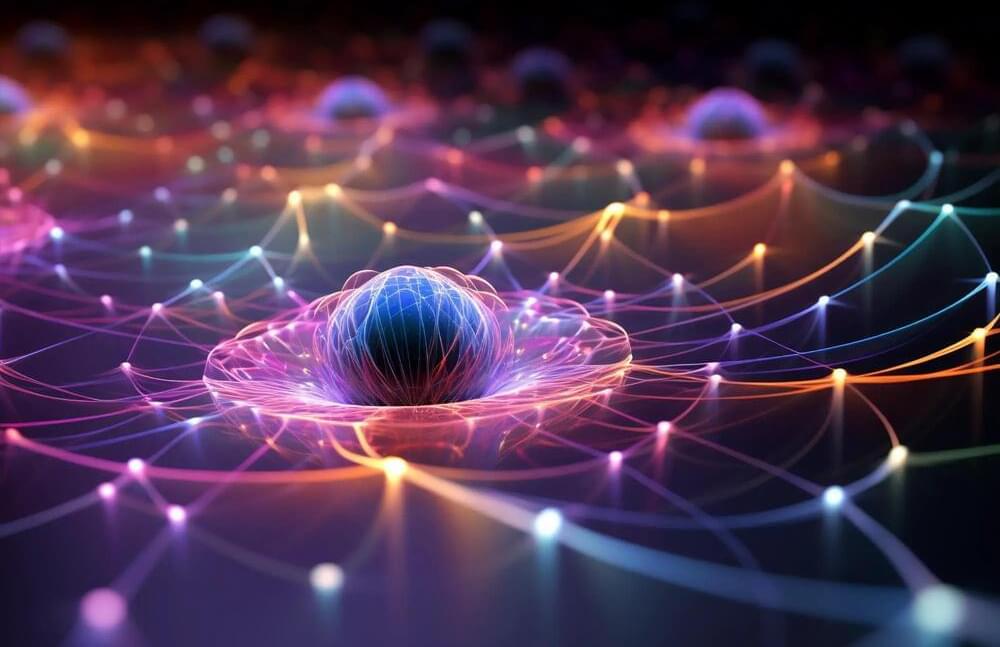
Caltech researchers have discovered Hubbard excitons, which are excitons bound magnetically, offering new avenues for exciton-based technological applications.
In art, the negative space in a painting can be just as important as the painting itself. Something similar is true in insulating materials, where the empty spaces left behind by missing electrons play a crucial role in determining the material’s properties. When a negatively charged electron is excited by light, it leaves behind a positive hole. Because the hole and the electron are oppositely charged, they are attracted to each other and form a bond. The resulting pair, which is short-lived, is known as an exciton [pronounced exit-tawn].
Excitons are integral to many technologies, such as solar panels, photodetectors, and sensors. They are also a key part of light-emitting diodes found in televisions and digital display screens. In most cases, the exciton pairs are bound by electrical, or electrostatic, forces, also known as Coulomb interactions.

With the rise of brain-interface technology and artificial intelligence that can imitate brain functions, understanding the nature of consciousness and how it interacts with reality is not just an age-old philosophical question but also a salient challenge for humanity.
Can AI become conscious, and how would we know? Should we incorporate human or animal cells, such as neurons, into machines and robots? Would they be conscious and have subjective experiences? Does consciousness reduce to physicalism, or is it fundamental? And if machine-brain interaction influenced you to commit a crime, or caused a crime, would you be responsible beyond a reasonable doubt? Do we have a free will?
AI and computer science specialist Dr. Mahendra Samarawickrama, winner of the Australian Computer Society’s Information and Communications Technology (ICT) Professional of the year, has applied his knowledge of physics and artificial neural networks to this thorny topic.

A new model demonstrates that chasing interactions can induce dynamical patterns in the organization of bacterial species. Structural patterns can be created due to the chasing interactions between two bacterial species.
In the new model, scientists from the Max Planck Institute for Dynamics and Self-Organization (MPI-DS) describe how interactions on the individual level can result in a global self-organization of species. Their findings provide insights into general mechanisms of collective behavior. The findings are published in the journal Physical Review Letters.
In a recent study, scientists from the department Living Matter Physics at MPI-DS developed a model describing communication pathways in bacterial populations. Bacteria show an overall organizational pattern by sensing the concentration of chemicals in their environment and adapting their motion.
